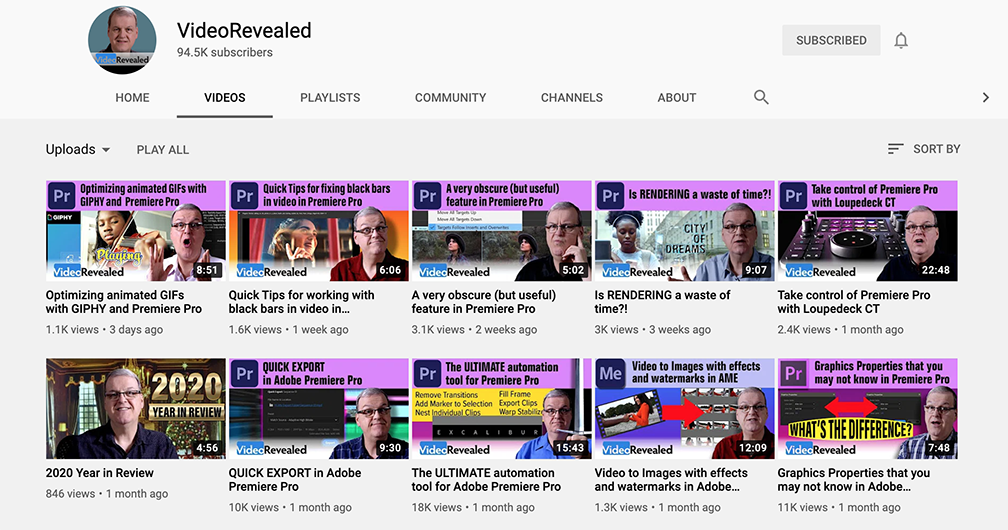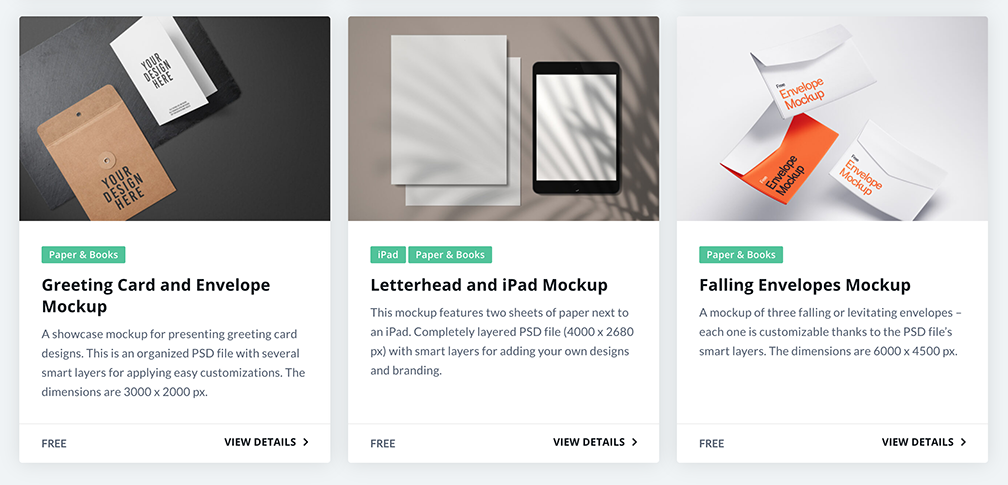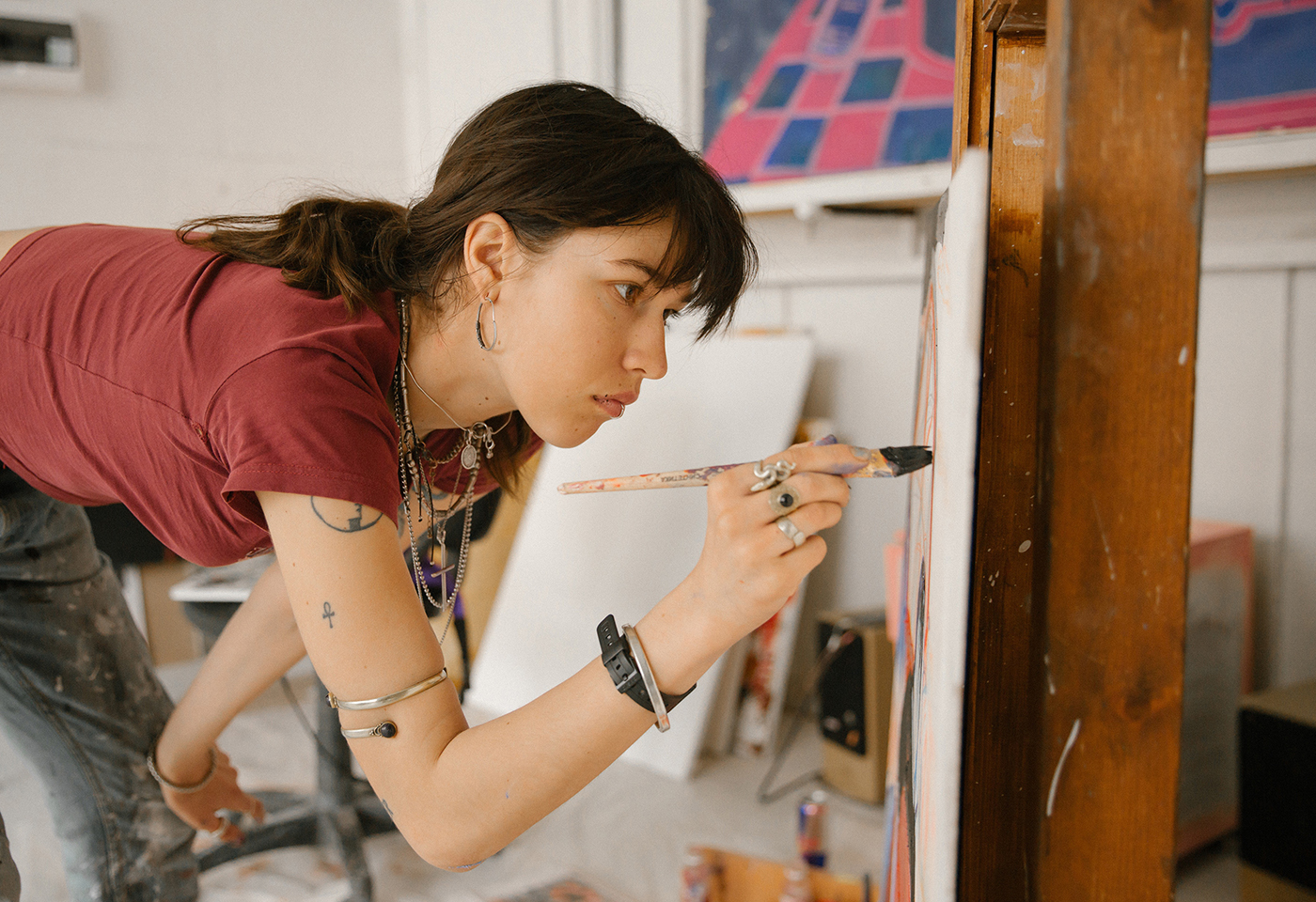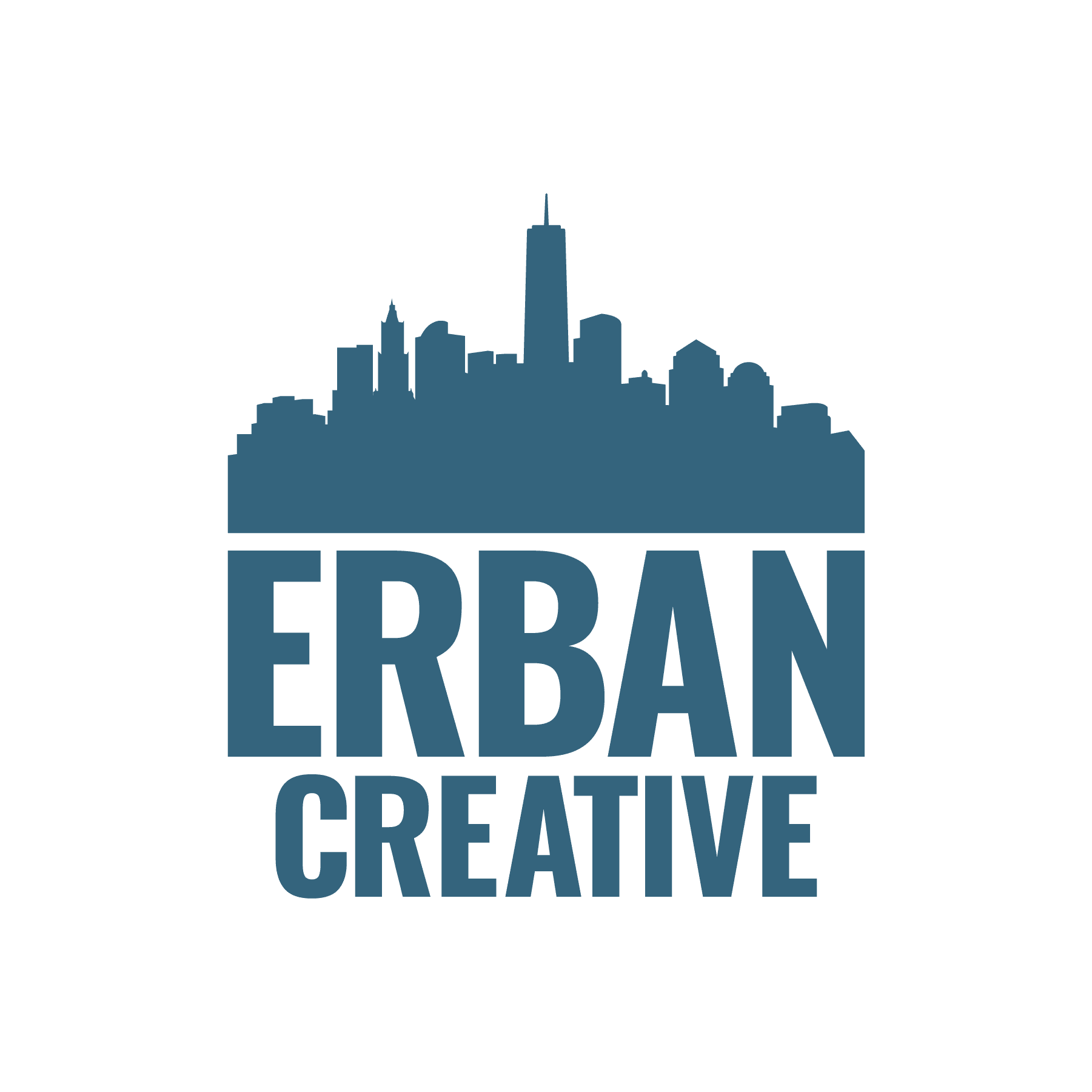10 years in anything is a pretty big deal. A decade of being married, everyone would assume you’re in it for the long haul. 10 years living in the Big Apple, you’re officially a New Yorker. 10 years in the league (of whatever sport), you’re a veteran athlete. So when I reached double digits for my career in design, it was a proud moment to know I’ve went the distance! Over the years I learned a few lessons I’d like to share with my fellow designers. Here’s a list of 10 key lessons I learned that can inspire you to keep creating!
1. Once you learn one product, you’ll know the others
The beauty of Adobe software is that once you get good at using one of their products, it’s pretty easy to learn the others. The first product I put my novice creatives skills to was (like most people) Photoshop. It was easy to get the hang of, figuring out what layers you can turn on and off, taking advantage of the filters and adding text. Then it wasn’t difficult to venture into InDesign, then Illustrator for more technical print ready graphics. But my advice is designers shouldn’t stop there! This past year I’m utilizing Adobe Premiere and After Effects which both are quite complex beasts. When you figure out how to dig into the layers, it’s quite similar to how Photoshop is used. Most employers and clients are looking for designers that aren’t experts in one, instead they’d rather have someone who’s well versed in all programs.

Colin from VideoRevealed
2. YouTube is better than courses
I hate to admit this (as I know there are really awesome design schools out there) but truth be told I learned a lot more from YouTube than any college course I took. It’s quite possible to learn all of what you need for graphic design from online and the best part it’s free! Especially these days since there’s more instructors/bloggers on YouTube looking to get their views up for their tutorials. Numerous times I’ve been stuck on an effect requested by a client for video editing, where I’d search on YouTube starting with ‘How to…’ and found the solution I needed. Which if you look at it in that perspective, there’s really no limit to what design techniques you can do and promote on your resume.
3. More versions the better
Every designer has their own approach when it comes to sending back the their first draft to the client. Some designers believe sending only one version back, since they’re confident their expertise will wow the client as soon as they see it. For my approach it’s a little more generous. The better strategy is more versions the better. Even when you tell them you’re only sending back one version. Clients want to feel like they’re a part of the process so I send back at least three to choose from. Consider designing one that’s the safest, less edgy version. Add a second that’s a more bold and creative layout. Then a final one which meets in the middle of the first two and follows the client’s direction to the T. This in turn will open up the conversation more to make minimal changes or swap out elements of each version. More importantly, it shows the client that you’re willing to bring in that extra effort so they’ll continue to work with you! These fundamentals align with my next point…

Photo by Cytonn Photography from Pexels
4. Meet in the middle
I’ve heard it all too much from my clients about past designers they’ve tried to work with. Where the designers’ stance on their mockups is the absolute and they’re combative about any wiggle room. And I get it…creatives take a lot of time, effort, research and artistic skills to accomplish what they’re missioned to do. There’s a sense of pride in our output, it’s like our baby (figuratively speaking). But you have to learn when to swallow some of that pride and meet clients in the middle for the demands or opinions they have. Even if you’re aware the direction they’re going isn’t the most visually pleasing version. Not that you can’t express your perspective on why you feel they should go with your creative strategy, just make sure to hear them out as well and give compromises to your designs as needed. It will ultimately be better for you in the long run as you’ll gain their trust and work on future projects. And remember they’re the ones that are paying you not the other way around!
5. Be accessible
Isn’t it the worst feeling to be left on read? Make sure your clients don’t feel the same way. One and often neglected attributes to have as being a great designer is just to be accessible at all times. What I mean by that is let the client know they can reach you whatever way is convenient for them. Zoom calls, texts, slack, emails or a phone call. The more you express you’re willing to communicate all ways the more personable you’ll come across as. Make them feel like they’re your main customer. There’s been multiple times a former client reached out to me again where they expressed that they always appreciated how responsive I was. Sync your emails and your apps to your phone so it’s easier to respond!
6. Showcase your skills
I was such a late bloomer at this. I assumed that once I had ‘Graphic Designer’ as my job title on my socials, everyone would know what I really do. But then the pandemic happened, with too much time on my hands. I read designer blogs to see what they were doing different to be more successful and one of the key steps they took was to promote themselves more. That’s when I realized, wow I haven’t ever posted anything on Instagram about projects I’ve done and currently working on. I revamped my story highlights to save them along with posting weekly on Facebook and LinkedIn. While you may be discouraged that your posts are getting only a few likes or comments, don’t be. You want your circle to automatically think of ‘creative skilled designer’ when your name is brought up. People just need to view it and you’ll see more word-of-mouth networking happen over time. Most of the projects I’ve received recently were from showcasing my skills on social media.
7. Learn about digital marketing
Now more than ever, it’s crucial to be more than a designer. Most companies and clients want to hire a creative who has the full package. Design experience and digital marketing savvy. Showing them you’ve ran successful ad campaigns before with proven metrics will give you a competitive edge compared to the other person whose only good on the artistic side. Most clients expect that now, being well versed in email, facebook, instagram, youtube, a/b testing and seo. I got my bachelors in marketing first, then went on to learn design so having this mindset was a little easier for me. But it’s a constant learning curve. It’s also ever-so changing with new algorithms to be aware of. The way I stay informed is to watch tutorials on YouTube about digital marketing and seo.
8. Take mental breaks
I know the feeling, it’s crunch time and you have a project that’s due by the next morning and you’ve been glued to your laptop screen for hours pushing through graphics like a running back about to score a touchdown. The next day when you send over the assets your client is not impressed. It’s a crappy feeling, all that work you put in the night before but then you take a look at what you sent and realize you should’ve slowed down on the process of creating. I can’t stress this more that the stress of getting tunnel vision is quite real and over the years I’ve gotten better combating it by taking breaks. So before you work on your next project, set out breaks for your mental health. I tend to start on a project by brainstorming, testing out some creative elements, etc and work on it for a few hours and take a break. By that I don’t mean clicking to another tab to scroll your facebook or start swiping on Tinder with your phone. Take a break from technology to go put your mind somewhere else for bit. Go for a walk, gym workout, grocery shop, do laundry, water your plants, take your dog for that much needed walk or whatever suits you best. I find that it helps so much to take a step back and reluctantly you’ll be inspired creatively just experiencing everyday life. That way you come back to your project with that newfound rejuvenation!

Freebies from MockupWorld
9. Look for freebies
A big part of brainstorming is to look up inspiration from other designers on behance, pinterest and dribble. Did you know that a lot of designer’s give out freebies you can use for your next project? Freebies are either art elements, fonts or layouts that will cut your project time down tremendously compared to starting from scratch. One of my favorite sites to use is MockupWorld where they aggregate all of these places that give out freebies. Using laptop, iphone and letterhead layouts can show your designs in a real world view, thus helping your client visualize better. Graphic Burger is another one with different art elements like icons and textures. Whichever you use, be sure to confirm with your client that they’re fine with you using some (which most are). Sometimes clients will specifically request original graphics, like a logo design so it’s good to be transparent up front. Also make sure to double check the terms of use on any graphic element you download. It’ll be clear if you can use for personal and/or commercial use.

Photo by Polina Zimmerman from Pexels
10. Explore other creative outlets
If Kayne West can be a master at producing music, then venture into rapping, film, fashion and art exhibits why can’t you? Or whatever you’re into, the beauty of being a creative is that it’s never one dimensional. I’ve talked with other graphic designers where they spoke about how creative they were when they were younger. By either writing poems, drawing or painting. But then after getting that corporate 9–5 job the creative endeavors took a back seat. Since most of us are working from home, I’d suggest to get back to that sketch book. Or try a group painting class, signup for an open mic or acting sessions. For me I’ve had my creative juices flow over to many areas including performing stand-up comedy, photography, videography, screenwriting and of course what I’m doing right now — blogging. Whatever your route is, just know that tapping into more creative outlets will benefit your design perspective in the long run.
Hope you related to some of the lessons I learned along my creative journey! What are some of the things that you realized after being a designer for years? Feel free to comment below.

2 Comments
erotik
16 Feb 2021 - 11:40 amGood write-up. I definitely appreciate this website. Continue the good work! Josy Erin Nahamas
erbancreative
16 Feb 2021 - 4:37 pmThanks Erin! Hope what I learned from my design experience helps others:)
Comments are closed.